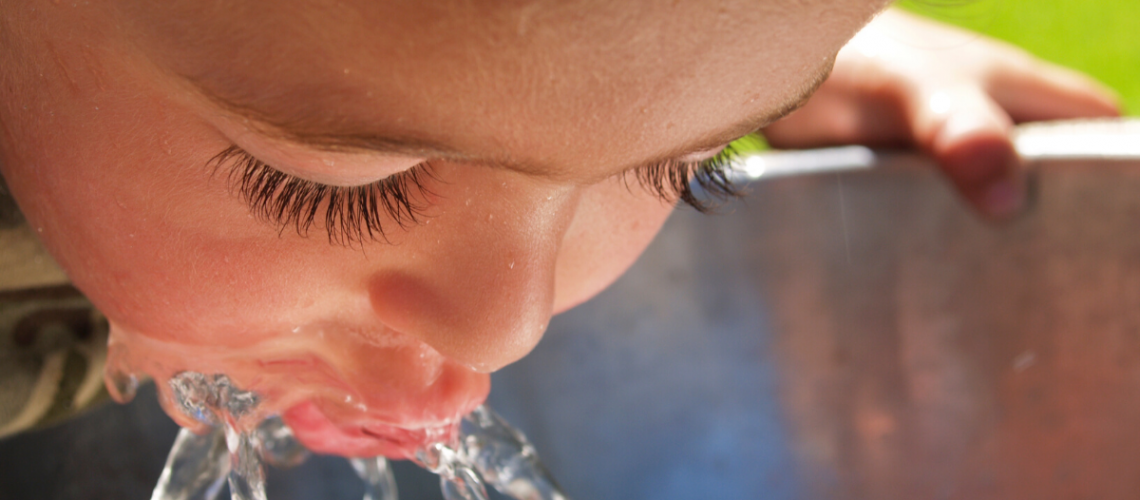By Iyana Simba | IEC Clean Water Advocate
When it came to light in 2014 that residents of Flint, Michigan were exposed to elevated lead levels in their drinking water, the issue dominated headlines. Since then, cities like Newark, Philadelphia, Washington D.C., Pittsburgh, Milwaukee, and Chicago have also found elevated lead levels in schools, childcare facilities, parks and residences.
The CDC has found there is no safe level of lead exposure for children. Exposure to lead can seriously harm a child’s health, including damage to the brain and nervous system, slowed growth and development, and learning and behavior problems, which can cause lower IQ, decreased ability to pay attention and under-performance in school.
Nationwide, lead finds its way into our drinking water through the 6.1 million lead service lines (LSLs) connecting businesses, schools and homes to the water main1. Roughly 12% of those lead service lines are found in Illinois alone, and 390,000 of those lines are found in the city of Chicago alone.1 But, LSLs aren’t only buried beneath big cities; small and mid-sized Illinois cities such as Rockford, Waukegan, Cicero, Peoria, and Galesburg have had to grapple with lead pipes and the risks they pose to public health.
As cities seek to prevent a Flint-like crisis, solutions have shifted from water bottles to replacement of lead service lines. Joliet, Galesburg, Elgin, and Evanston offer residents low-interest loans to remove and replace their portion of the service line. Montgomery and Carpentersville even offer to fully replace lead service lines at the city’s expense.
Chicago, which has the most LSLs, has been reluctant to embrace replacement as a strategy and as of this writing, there are no formal LSL replacement programs offered to residents. Instead, the Department of Water Management offers lead testing kits, water filters and flushing guidelines.
Between 2016-2019, the Chicago Department of Water Management conducted a study that tested before and after lead levels of 2,100 homes that either received meter installation or were located near a water main replacement. The study found 7.1% of homes tested for increased lead levels, above the U.S. EPA’s 15ppb action level for lead in drinking water. Mayor Lori Lightfoot indefinitely suspended the city’s MeterSave program summer of 2019. The city has also contracted CDM Smith, a global engineering firm to evaluate the costs of lead service line replacement.
To protect public health and improve water quality, Chicago needs to fully remove and replace lead pipes as soon as possible. But, at this rate, it is estimated to take 30 years to replace all of Chicago’s LSLs! That is why IEC is working to pass HB3035, the Lead Service Line Replacement and Notification Act, which would expedite the replacement of lead service lines throughout the state. If passed, it would require municipalities to identify known and suspected lead service lines and come up with a plan for replacement, prioritizing environmental justice communities. At the same time, it would address water affordability by creating a water assistance program.
During this year’s Lead Poisoning Awareness Week, take a few minutes to let your state representatives know that you support HB3035 and believe, like we do, that everyone deserves affordable, clean, clear drinking water safe from toxic contaminants. Clean water is one of our greatest natural resources, especially here in Illinois, and we are fighting every day to protect it. With your help, we can put in place laws and policies that ensure access to clean water for generations to come.
Sources
1. https://www.edf.org/sites/default/files/content/EDF-Lead-FactSheet-9-26-19.pdf

